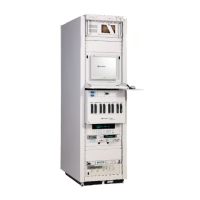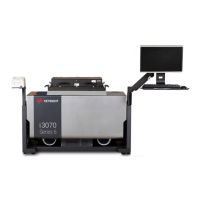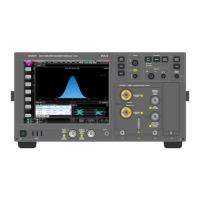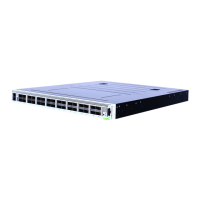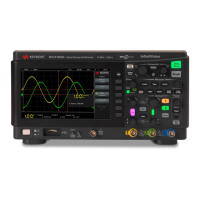98 Keysight InfiniiVision 1200 X-Series and EDUX1052A/G Oscilloscopes User's Guide
11 Triggers
You can use any input channel or the EXT TRIG input BNC (see "External Trigger
Input" on page 127) as the source for most trigger types.
Changes to the trigger setup are applied immediately. If the oscilloscope is
stopped when you change a trigger setup, the oscilloscope uses the new
specification when you press [Run/Stop] or [Single]. If the oscilloscope is running
when you change a trigger setup, it uses the new trigger definition when it starts
the next acquisition.
You can use the [Force] key to acquire and display data when triggers are not
occurring.
You can use the [Trigger] key to set options that affect all trigger types (see
Chapter 12, “Trigger Mode/Coupling,” starting on page 121).
You can save trigger setups along with the oscilloscope setup (see Chapter 20,
“Save/Recall (Setups, Screens, Data),” starting on page 215).
Triggers - General
Information
A triggered waveform is one in which the oscilloscope begins tracing (displaying)
the waveform, from the left side of the display to the right, each time a particular
trigger condition is met. This provides stable display of periodic signals such as
sine waves and square waves, as well as nonperiodic signals such as serial data
streams.
The figure below shows the conceptual representation of acquisition memory. You
can think of the trigger event as dividing acquisition memory into a pre-trigger
and post-trigger buffer. The position of the trigger event in acquisition memory is
defined by the time reference point and the delay (horizontal position) setting (see
"To adjust the horizontal delay (position)" on page 39).
Pre-Trigger Buffer
Post-Trigger Buffer
Acquisition Memory
Trigger Event
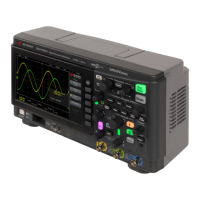
